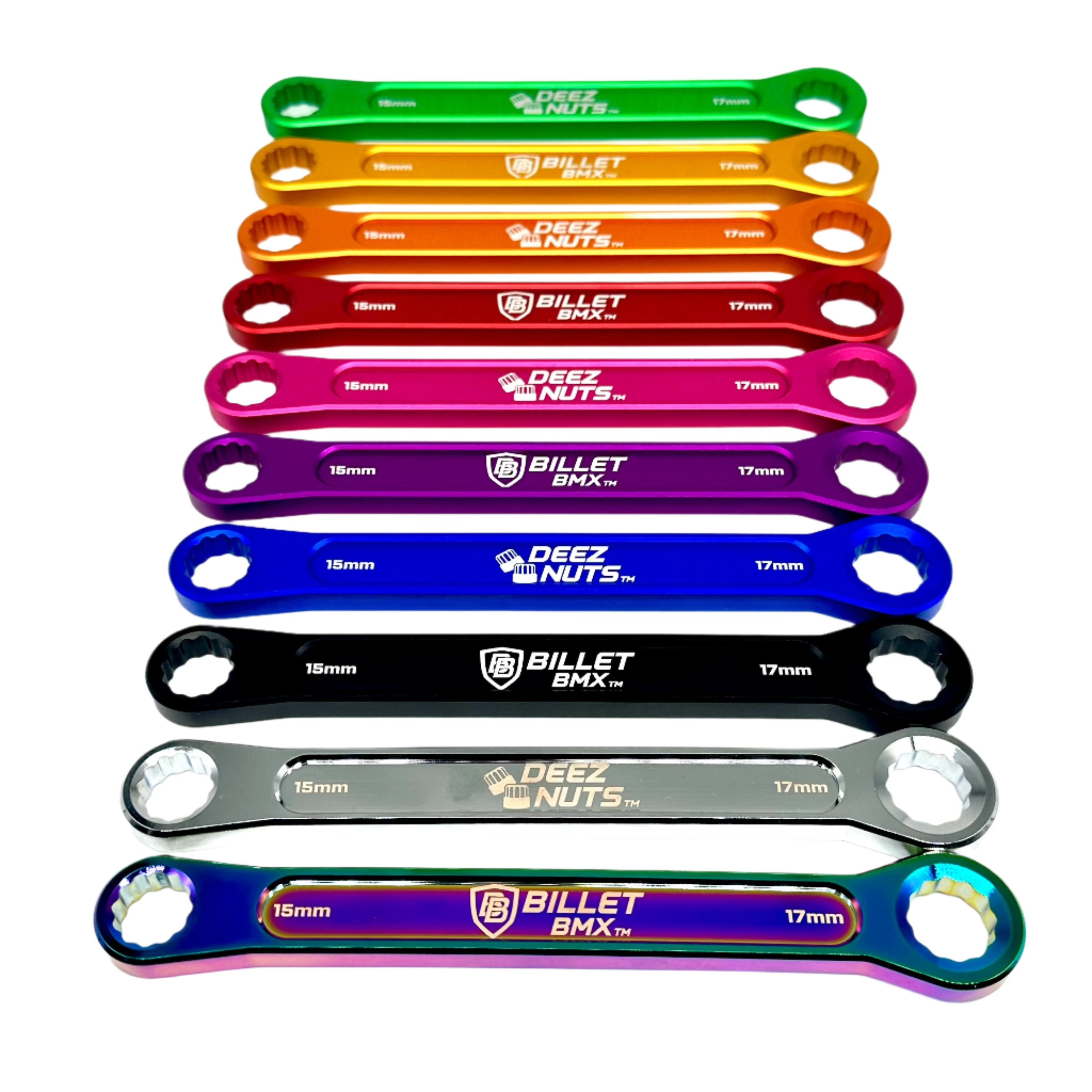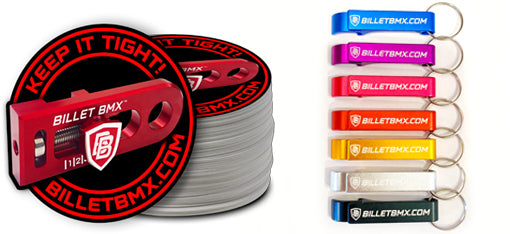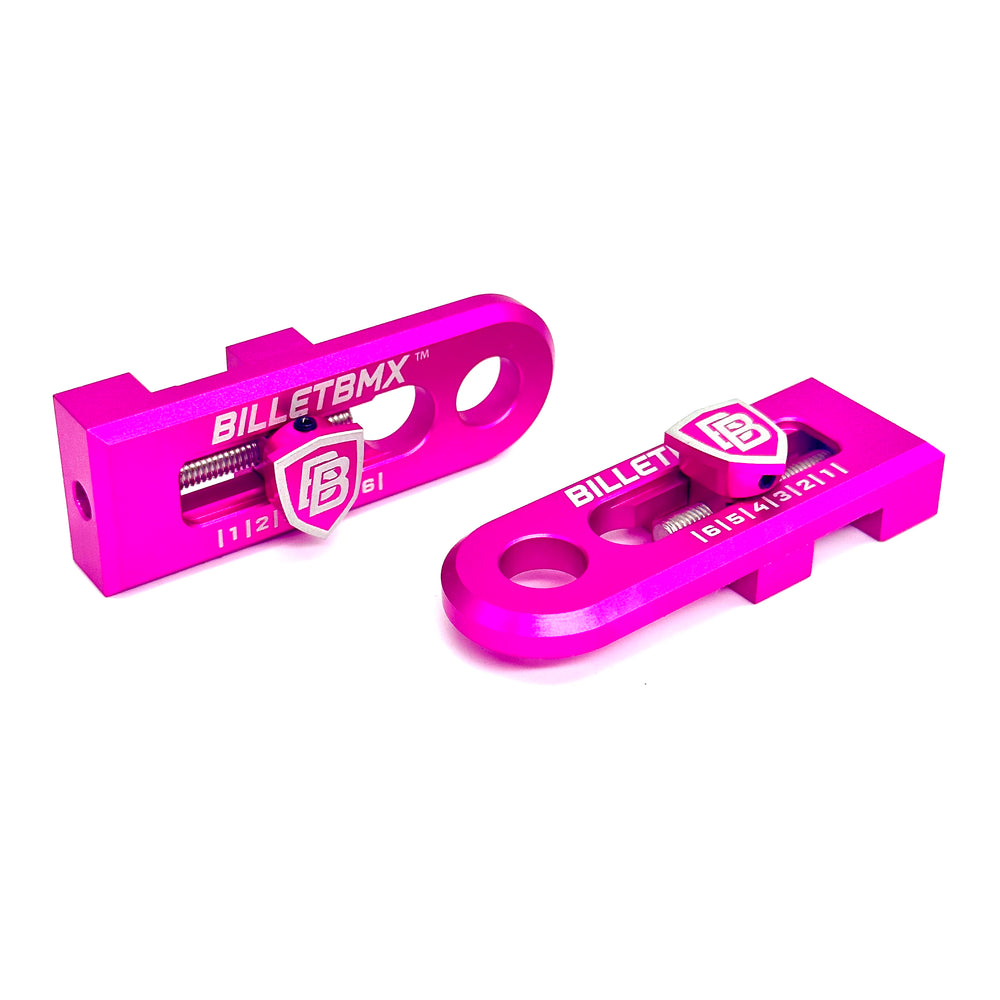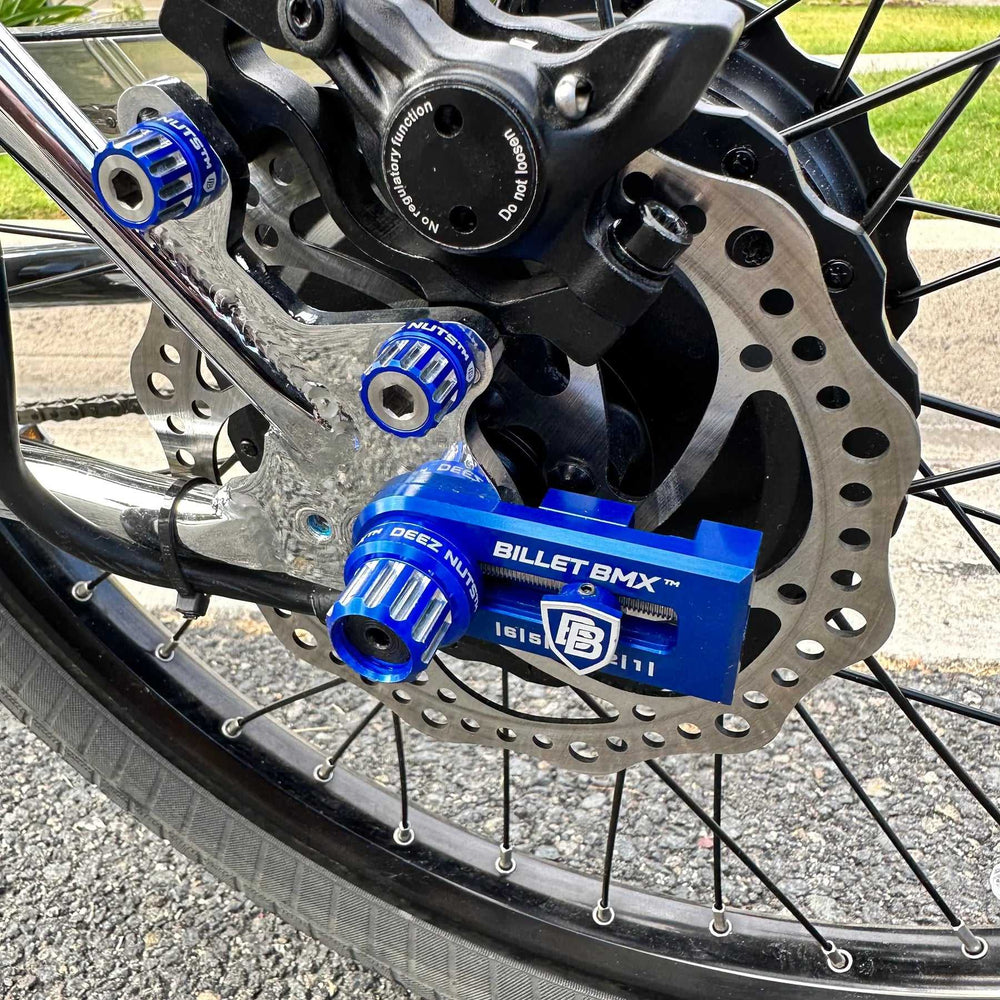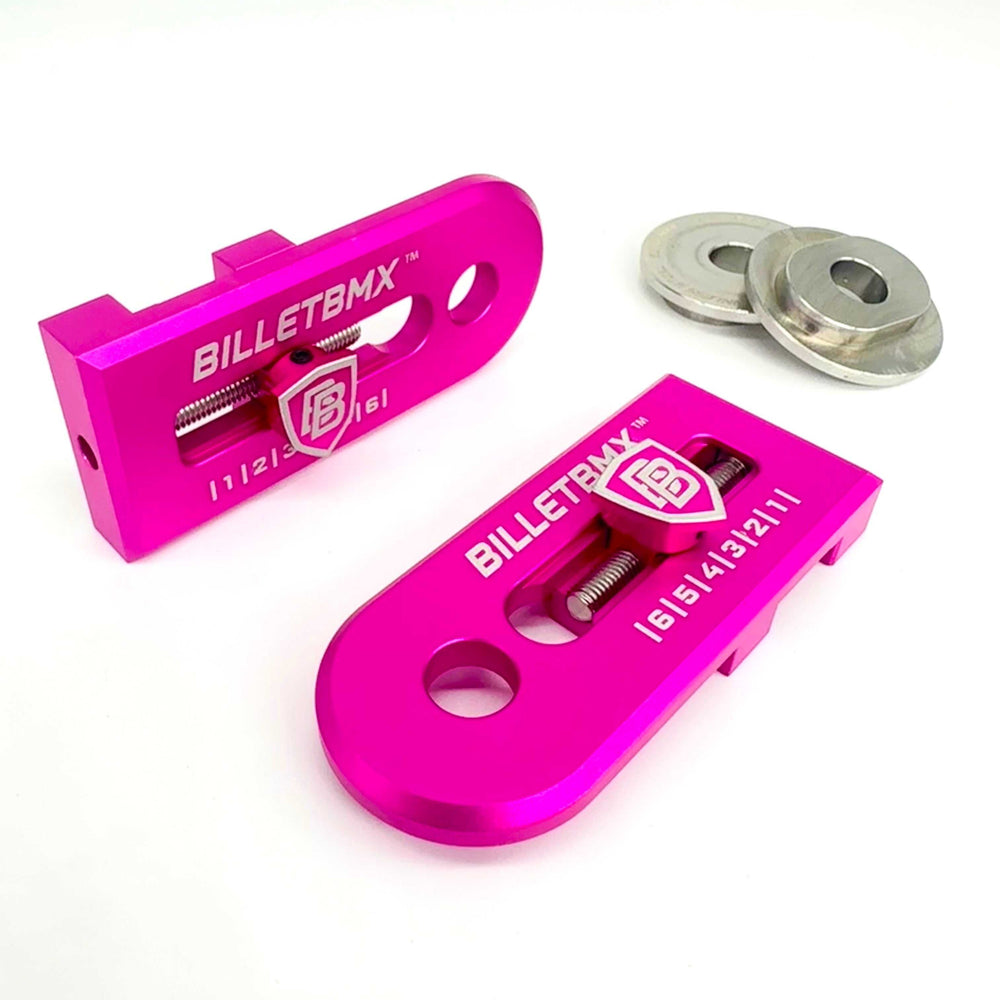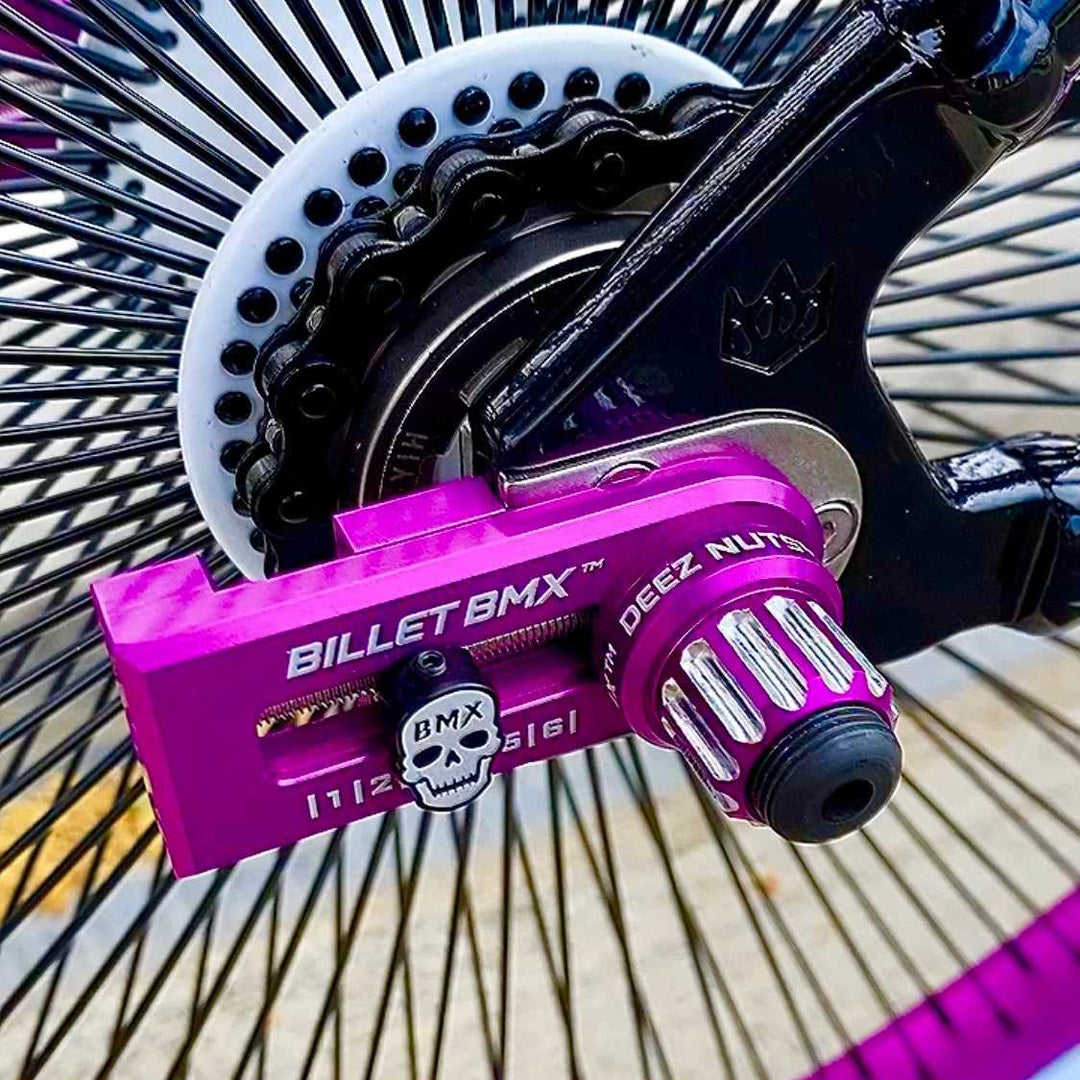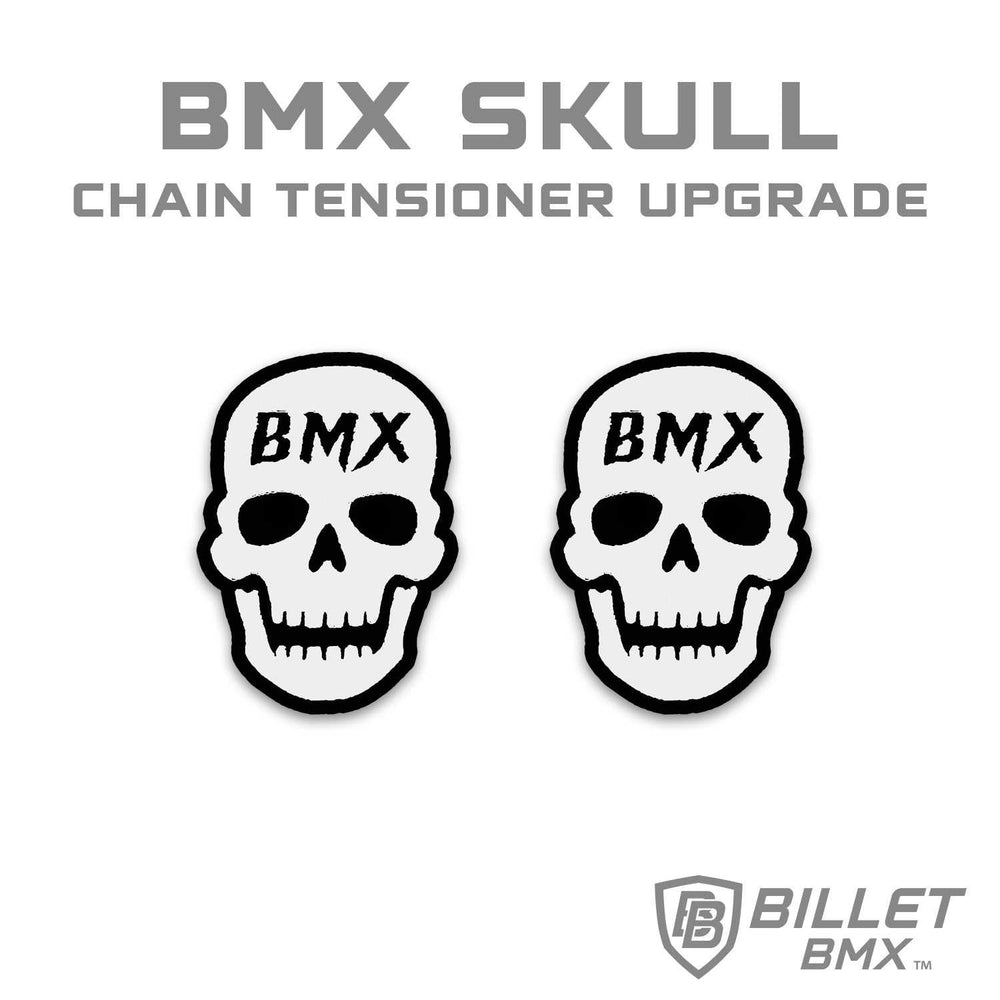What’s the Difference Between Integrated and Non-Integrated Headsets?
When building or upgrading a BMX bike, understanding the nuances of every component is essential to ensure peak performance. Among these, headsets play a critical role in steering and stability. BMX headsets connect the front fork to the frame and influence the smoothness and precision of your ride. Two common types of headsets dominate the BMX scene—integrated and non-integrated. But what exactly is the difference between the two, and which one is the right choice for your BMX bike? Let’s break it down.
What Is a BMX Headset?
Before diving into the differences, it’s helpful to understand the general function of a headset. A BMX headset is a set of bearings housed within the head tube of the frame. These bearings allow the fork to rotate smoothly when you turn the handlebars. A high-quality headset ensures minimal friction, leading to better control, easier turning, and an overall more enjoyable riding experience.
There are two primary types of headsets used in BMX bikes:
- Integrated headsets
- Non-integrated headsets (also called threadless headsets)
What Is an Integrated Headset?
An integrated headset is designed to fit into frames that have bearing cups already built into the head tube. Instead of using additional pressed-in cups, the bearings sit directly in the frame itself. The bearings in an integrated headset are typically angular contact bearings, designed to handle the forces from BMX tricks and high speeds.
Key Features of Integrated Headsets:
- No Pressed-in Cups: The frame's head tube has internal bearing seats that eliminate the need for external bearing cups.
- Easy Installation: Since there’s no need to press in cups, installation and removal of an integrated headset are relatively simple. The bearings drop directly into the head tube without requiring special tools.
- Lighter Weight: Without the need for additional cups, integrated headsets often weigh less than their non-integrated counterparts, which is crucial for weight-conscious BMX riders.
- Sleeker Design: The integrated design gives the bike a cleaner, more streamlined appearance. Riders who prioritize aesthetics often favor integrated headsets for their sleek look.
- Lower Stack Height: The stack height, or the height added by the headset between the fork and frame, is typically lower in integrated headsets. This can offer a more aggressive geometry for those who prefer a responsive ride.
Pros of Integrated Headsets:
- Weight savings: The absence of cups reduces weight, making it an appealing option for BMX riders looking to minimize bulk.
- Simplified maintenance: With fewer parts, integrated headsets are easier to maintain.
- Smoother appearance: The streamlined design improves the bike’s visual appeal.
Cons of Integrated Headsets:
- Limited Compatibility: Integrated headsets only work with frames designed for them. If your frame doesn’t have integrated bearing seats, you’ll need to use a non-integrated headset.
- Potential for Frame Wear: Since the bearings sit directly in the head tube, over time, the frame could wear out faster than it would with a non-integrated setup.
What Is a Non-Integrated Headset?
Non-integrated headsets are also known as threadless headsets, and they’ve been around for much longer than their integrated counterparts. In a non-integrated setup, the bearings sit inside cups that are pressed into the frame’s head tube. These cups hold the bearings and protect the frame from direct contact with the bearings, which can help reduce wear.
Key Features of Non-Integrated Headsets:
- Pressed-in Bearing Cups: Non-integrated headsets require bearing cups that are pressed into the frame. The cups provide a housing for the bearings and help distribute the load across the head tube.
- More Frame Compatibility: Since non-integrated headsets use cups, they can be used on a wider range of frames, regardless of whether the frame has bearing seats machined into the head tube.
- More Component Options: With non-integrated headsets, there are more options for mixing and matching parts. If you want to upgrade specific components, you often have more freedom to do so.
- Higher Stack Height: Non-integrated headsets typically have a higher stack height because of the additional cups. This can slightly change the bike’s geometry, raising the front end.
Pros of Non-Integrated Headsets:
- Wider compatibility: Non-integrated headsets work with more frames, making them a versatile option.
- Better frame protection: The cups can help protect the frame from damage, especially in hard-riding conditions.
- More options for customization: Riders have more flexibility in choosing specific components, such as bearings or cups.
Cons of Non-Integrated Headsets:
- Heavier weight: The addition of bearing cups adds weight to the system, which may be a drawback for riders who prioritize a lighter setup.
- More complex installation: Installing a non-integrated headset requires specialized tools to press the cups into the frame, which can be a hassle if you’re working on your bike at home.
Key Differences Between Integrated and Non-Integrated Headsets
- Frame Compatibility:
- Integrated headsets are only compatible with frames that have built-in bearing seats.
- Non-integrated headsets can be used with a wider range of frames, making them more versatile.
- Installation:
- Integrated headsets are easier to install because the bearings simply drop into place.
- Non-integrated headsets require pressing in cups, which may need special tools.
- Weight:
- Integrated headsets are generally lighter due to the absence of bearing cups.
- Non-integrated headsets are heavier because of the additional components.
- Stack Height:
-
Integrated headsets offer a lower stack height, which can influence bike geometry and handling.
- Non-integrated headsets have a higher stack height, which may not suit every rider’s preferences.
- Maintenance:
- Integrated headsets are simpler to maintain because there are fewer parts to manage.
- Non-integrated headsets, while more complex, may offer better long-term protection for the frame.
Which Is Better for BMX Riders?
Choosing between an integrated and non-integrated headset depends on your BMX frame and riding style. If your frame supports an integrated headset, it’s likely the better choice for its weight savings, sleeker design, and ease of maintenance. However, if you’re riding an older or more versatile frame, or you prefer a headset that provides extra protection to your frame, a non-integrated headset could be the better option.
Ultimately, both headsets perform their job well, and the right choice boils down to your bike setup and personal preference. Whether you prioritize weight, aesthetics, or frame compatibility, understanding these differences will help you make an informed decision.
Conclusion
Headsets may seem like a small component in the overall BMX bike setup, but they significantly impact your ride’s performance and durability. Understanding the key differences between integrated and non-integrated headsets helps riders make the best choice for their bike. For BMX enthusiasts, choosing the right headset ensures a smoother, more controlled ride, whether tearing up the skatepark or cruising through city streets.
Looking for BMX bike parts? Billet BMX offers the best in quality BMX bike parts, and that too at an affordable price. You are just one click away. Shop today.



